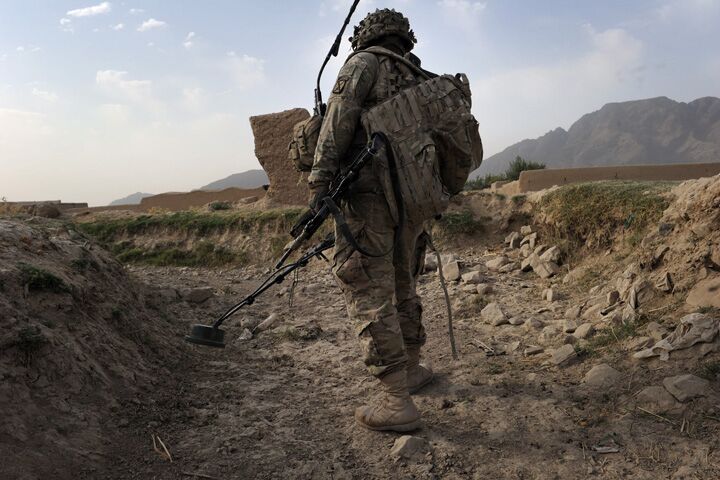
Most IEDs Come From Pakistan
Pakistan produced the explosive material used in the overwhelming majority of improvised explosive devices (ieds) planted by insurgents in Afghanistan this summer to attack U.S. forces, according to U.S. military officials.
From June through August, U.S. soldiers discovered or were hit by 5,088 ieds, the highest number for any three-month span since the beginning of the war in 2001. Those bombs killed 63 troops and wounded another 1,234.
Navy Capt. Douglas Borrebach, deputy director for resources and requirements at the U.S.’s Joint ied Defeat Organization, said that over 80 percent of these makeshift bombs used calcium ammonium nitrate fertilizer made in Pakistan. The border between Pakistan and Afghanistan “is a sieve,” Borrebach said. “You can do your checkpoints, but that’s not going to help stem the supply.”
Washington has been blaming Pakistan more and more for failing to subdue insurgents, and in mid-September Adm. Michael Mullen accused the Pakistani military of using the notorious Haqqani terror family to carry out many attacks against U.S. forces.
Sen. Robert Casey met with Pakistani leaders in August to urge them to halt the flow of explosive materials into Afghanistan. After the visit, Casey told USA Today that although the leaders said they would help, they did not show a sense of urgency.
Islamabad’s lurch away from Washington takes on great importance in light of the $18 billion the U.S. has pumped into Pakistan over the last decade, the degree to which American forces rely on Pakistan’s logistical supply lines, and, most importantly, the question of where Pakistan’s nuclear arsenal will end up.
Whether Pakistan succumbs to the coaxing of Iran, or joins forces with the rising Chinese dragon, it is becoming clearer all the time that America’s frayed alliance with Pakistan is almost over.
